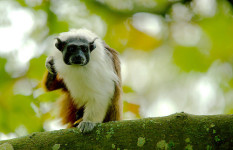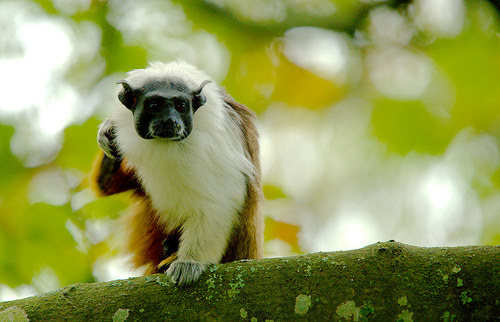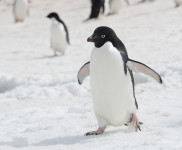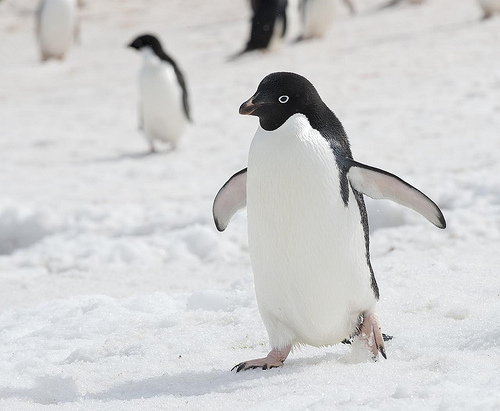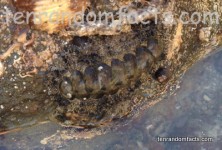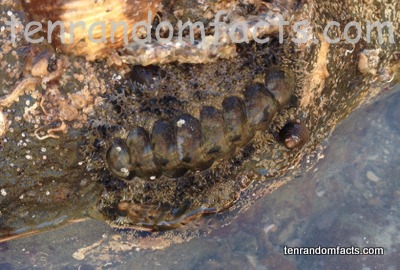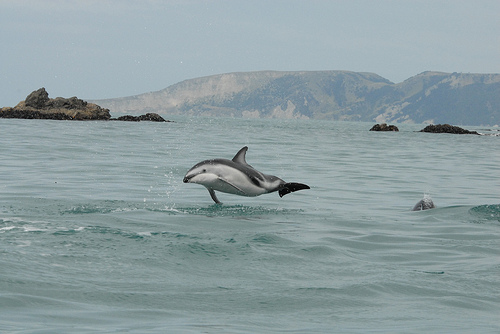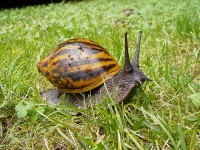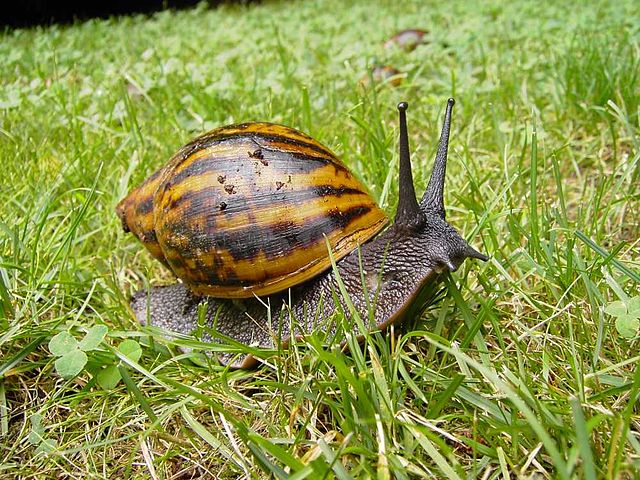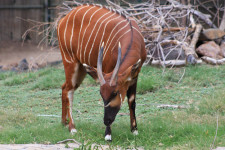
You may get arrested if you hit these bongos.
- Bongos are an antelope native to the forest habitats of tropical areas in Central and West Africa, and they have an average lifespan of 10 to 19 years.
- The scientific name of a bongo is Tragelaphus eurycerus, and it is from the family Bovidae, the family of bovids, or ruminant mammals with cloven hooves.
- As the largest forest antelope, the height of a bongo can reach 1.1 to 1.3 metres (3.6 to 4.3 feet) excluding the head, and it can weigh between 150 to 405 kilograms (331 to 893 pounds).
- The fur of a bongo is mostly coloured a chestnut or red/orange brown colour, with black on its tail, legs and face, and it is patterned with approximately a dozen white or cream coloured stripes across its back.
- Bongos have horns that have a curved, twisted shape that range from 75 to 100 centimetres (30 to 39 inches) in length, and they are found on both genders.
A Bongo
Image courtesy of William Andrus/Flickr
- The diet of bongos consists primarily of leaves and other vegetation including bark; fruit; and grass, and they also need to consume salt.
- Poachers kill bongos for meat, horns and skin, which has led to a decrease in the animal’s population, and habitat loss has also contributed to the decline, and as such they are listed as near threatened.
- Female bongos generally live in herds, while the males typically live alone, and the females usually produce a single calf per litter, which is born hidden in undergrowth, where it is kept protectively for a week or so, after which they join the herd.
- Some native African communities fear touching bongos, let alone eating them, thinking contact would cause health problems, such as spasms, in humans.
- Bongos are mostly nocturnal, and they shine their horns by cooling themselves down in mud and then scraping away the mud by rubbing their horns against trees.
Bibliography:
Bongo, 2015, A-Z Animals, http://a-z-animals.com/animals/bongo/
Bongo, n.d, African Wildlife Foundation, https://www.awf.org/wildlife-conservation/bongo
Bongo (antelope), 2015, Wikipedia, https://en.wikipedia.org/wiki/Bongo_(antelope)






